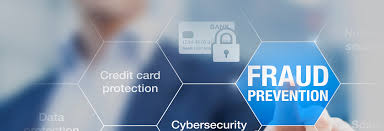The phone call comes in on a Monday morning and you are informed a check for $60,871 was cashed by a major bank in Alaska, but not to the payee you had designated. Your signature is on the check clearing the main operating account from your local bank. The account number lines up and your money has been debited from your account. Your money is gone, the intended payee is still owed the amount, and your local bank says you have a problem. What a way to start a Monday morning and your week!
Who’s responsible? Your office, your local bank, or the large bank that cashed the check?

Ultimately it comes down to how you established your banking relationship and if fraud-protection services have been set up with your local bank. First of all, do they offer such services? Is your bank committed to protect your entity, no matter what? Does the bank have the capital to protect itself from such events?
When I led teams at two major banking Institutions, it was in our DNA to protect both our clients and the bank. On a normal day, our banking division would have over 2,000 attempts to defraud the banks through phone calls, check/credit card scams, and online hacking of bank accounts. It was our goal to be the body armor around our client relationships. The cost the banks was significant but necessary since, to us, our clients always came first.
Is that true for all banks? Unfortunately the answer is “no.” Not all banks are equal in the level of their fraud protection and even if they’re able to offer such protection. But in any case, I can assure you that banks of all sizes work feverishly to stay ahead of scams before they reach you—and potentially cost you a large sum of money.
Next week, in Part 2 of this blog series, we will offer several suggestions that can go a long way in protecting your entity or institution from fraud.
—————————————————————————
Upcoming Events
—————
NYSGFOA Annual Conference
Pre-conference – March 20th, 2018
Annual Conference – March 21-23rd, 2018
—————


